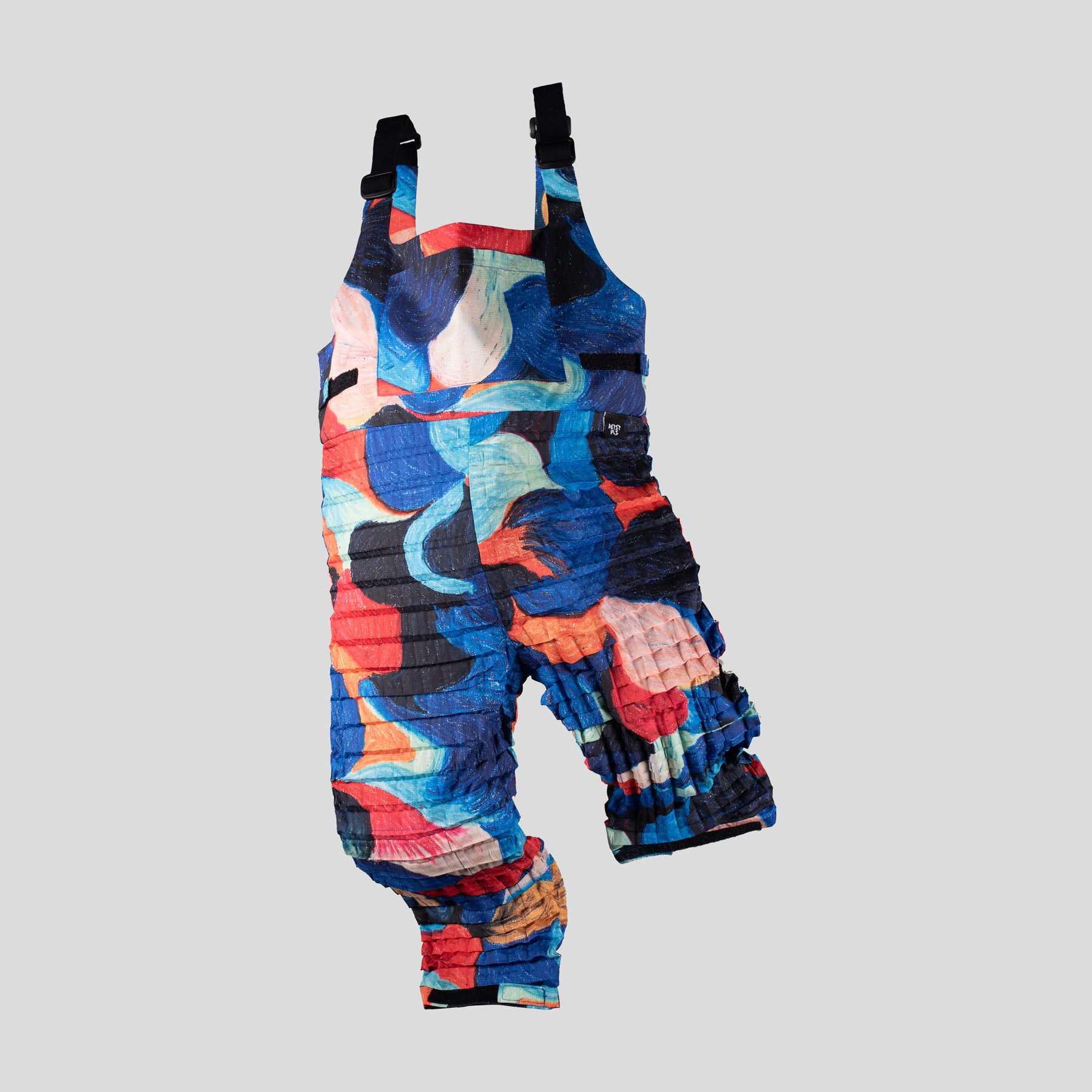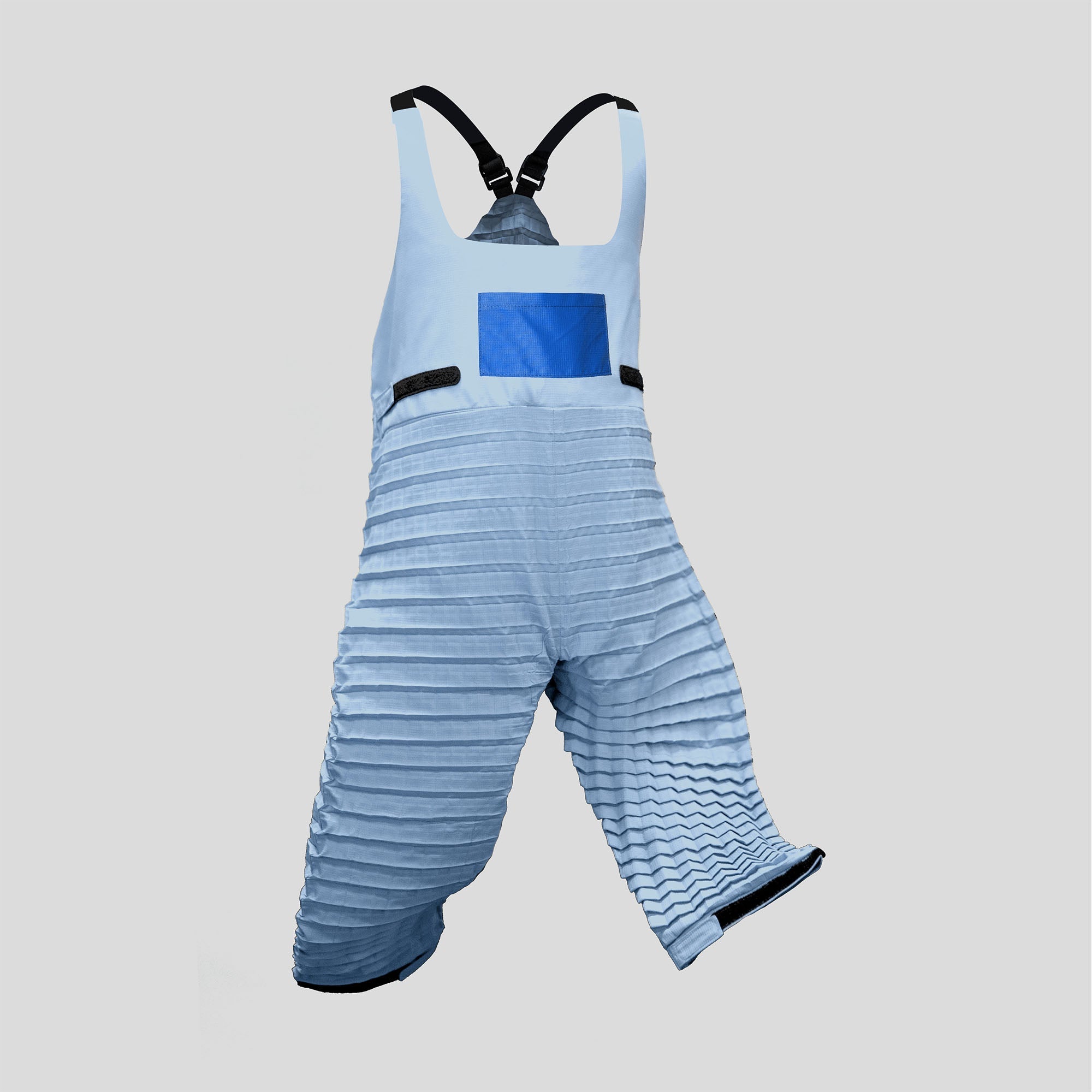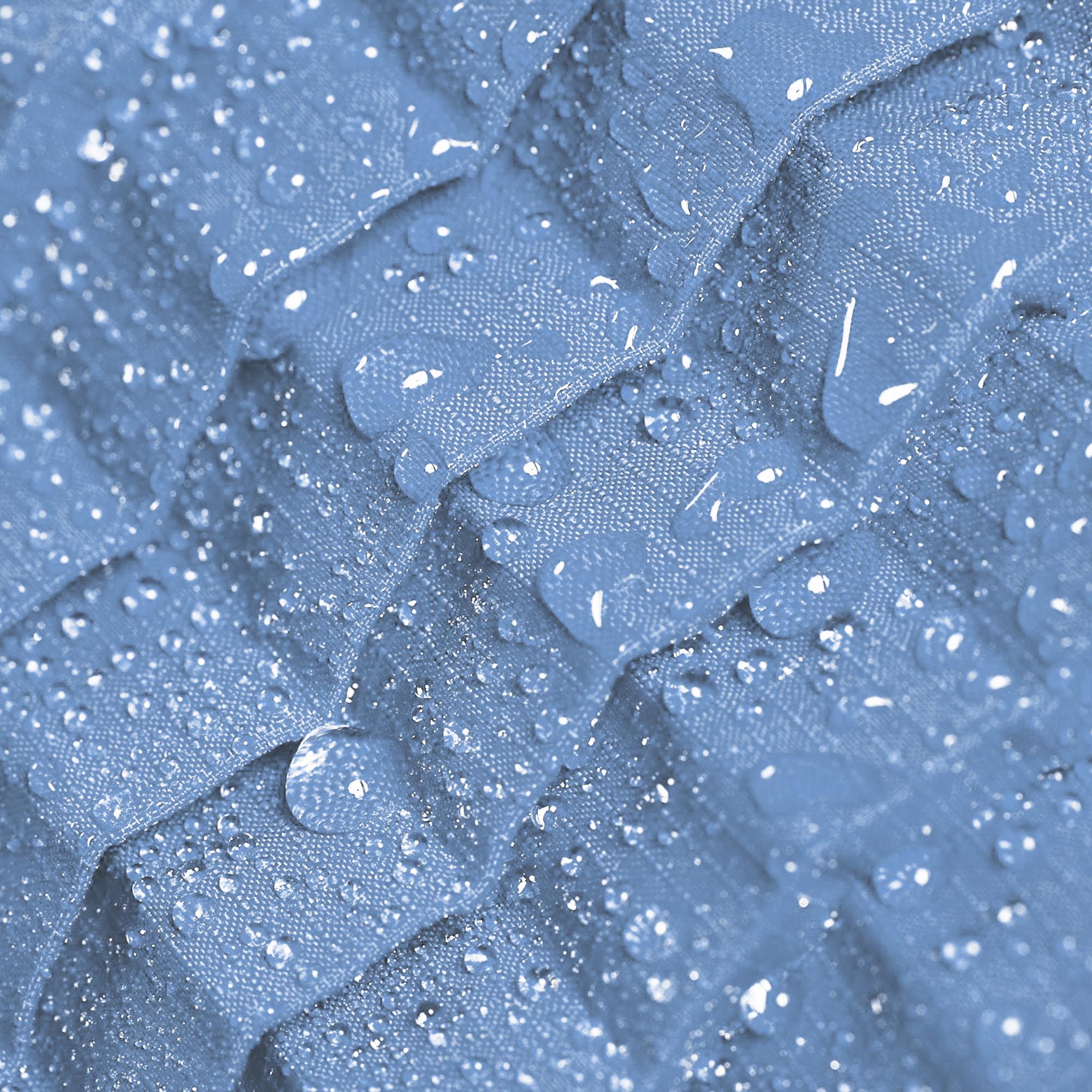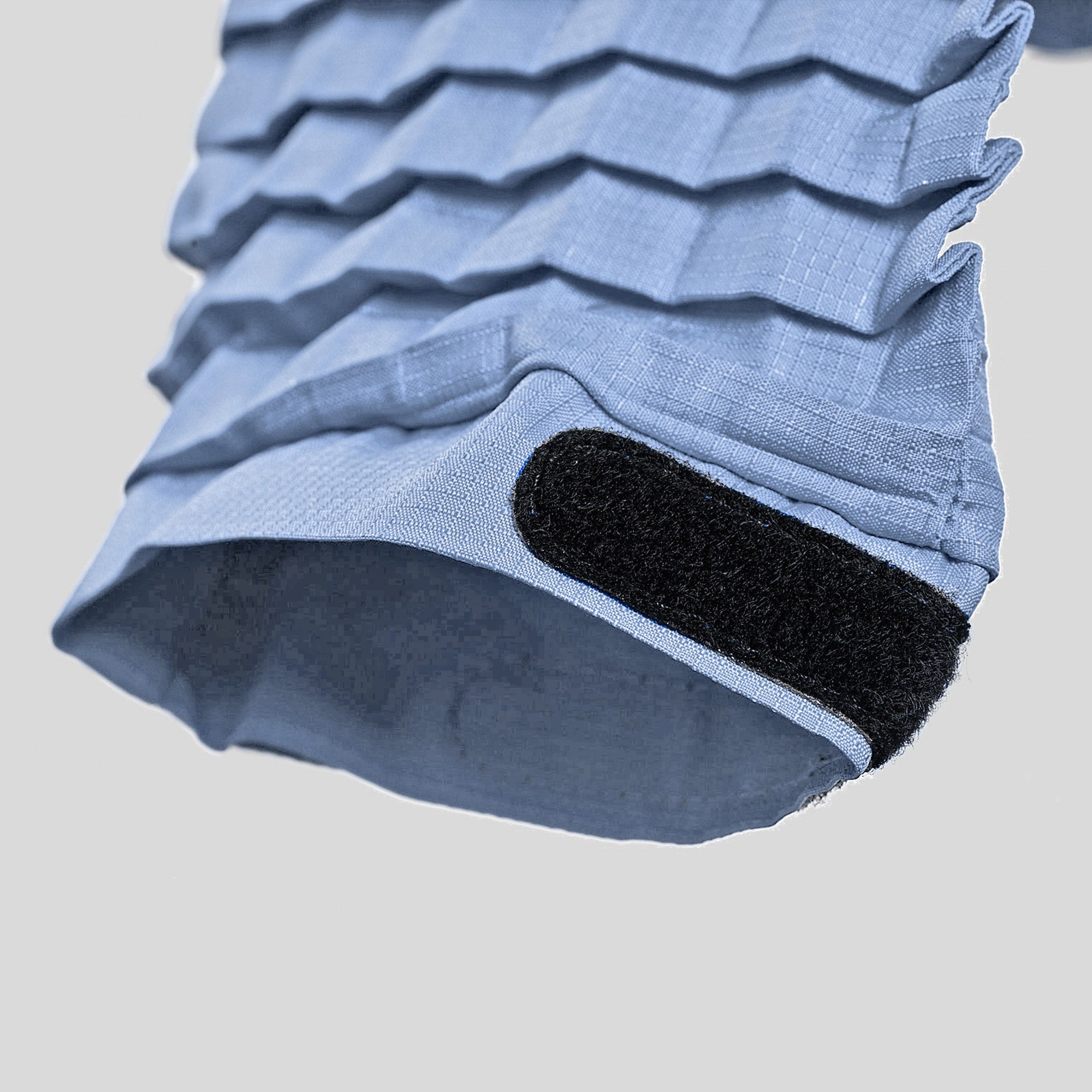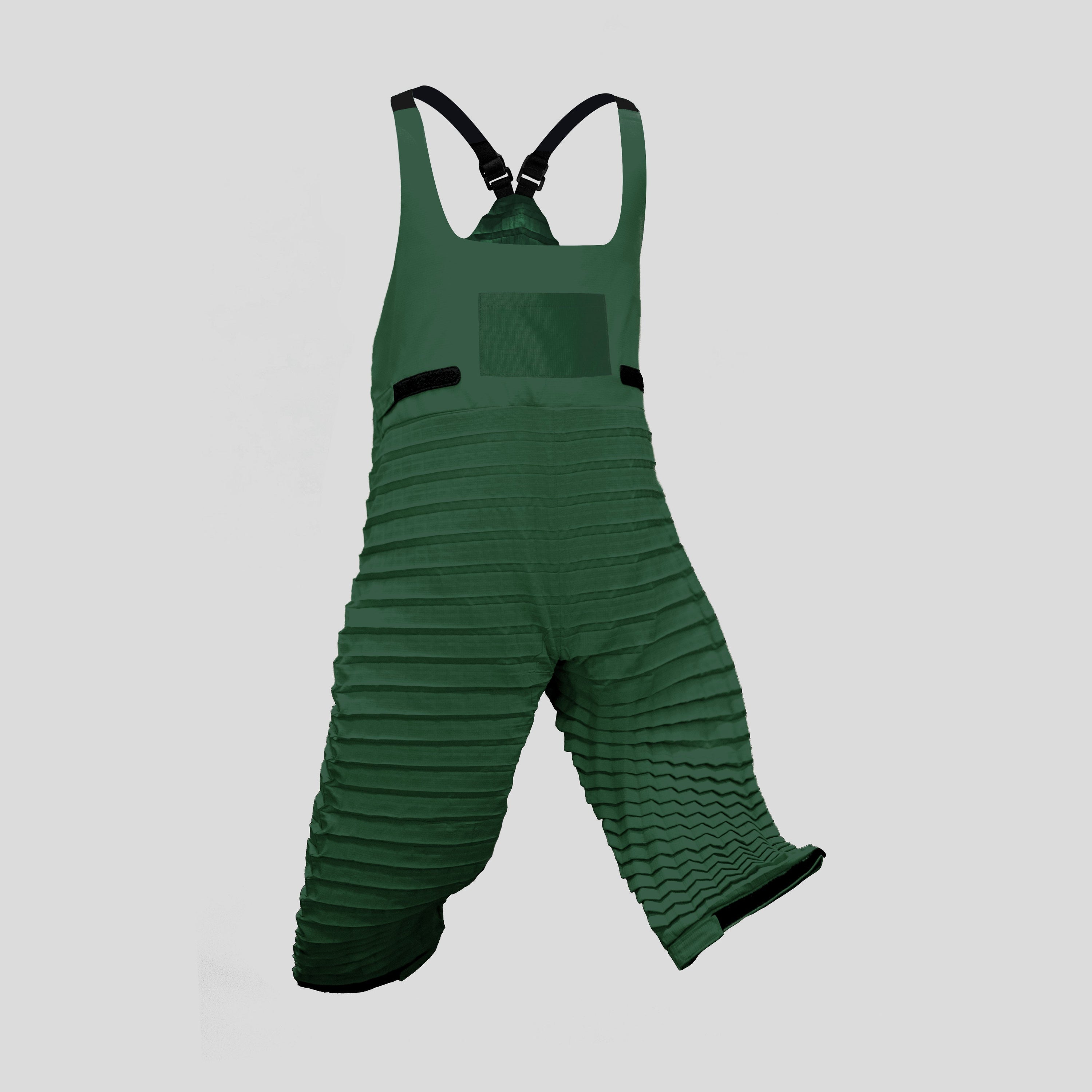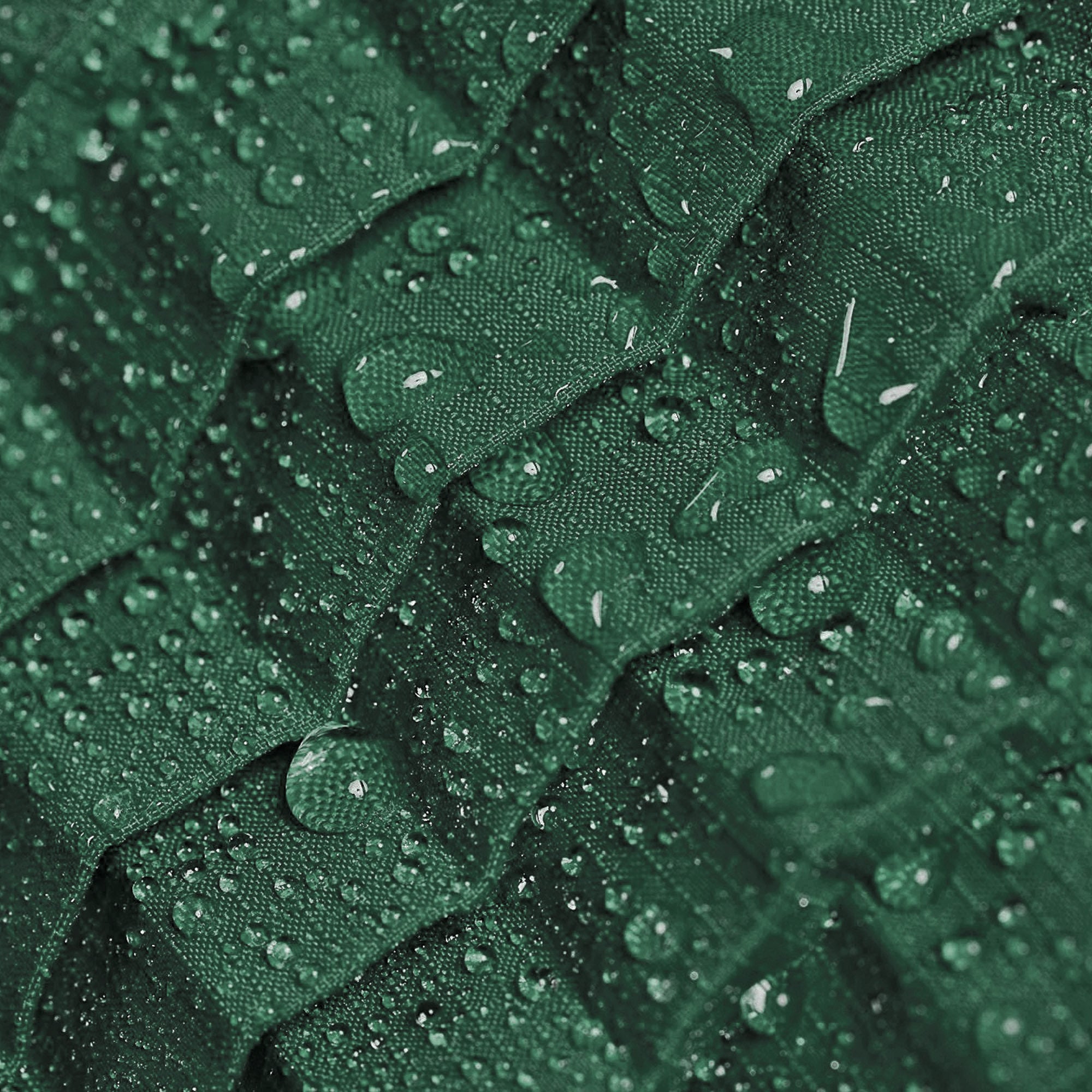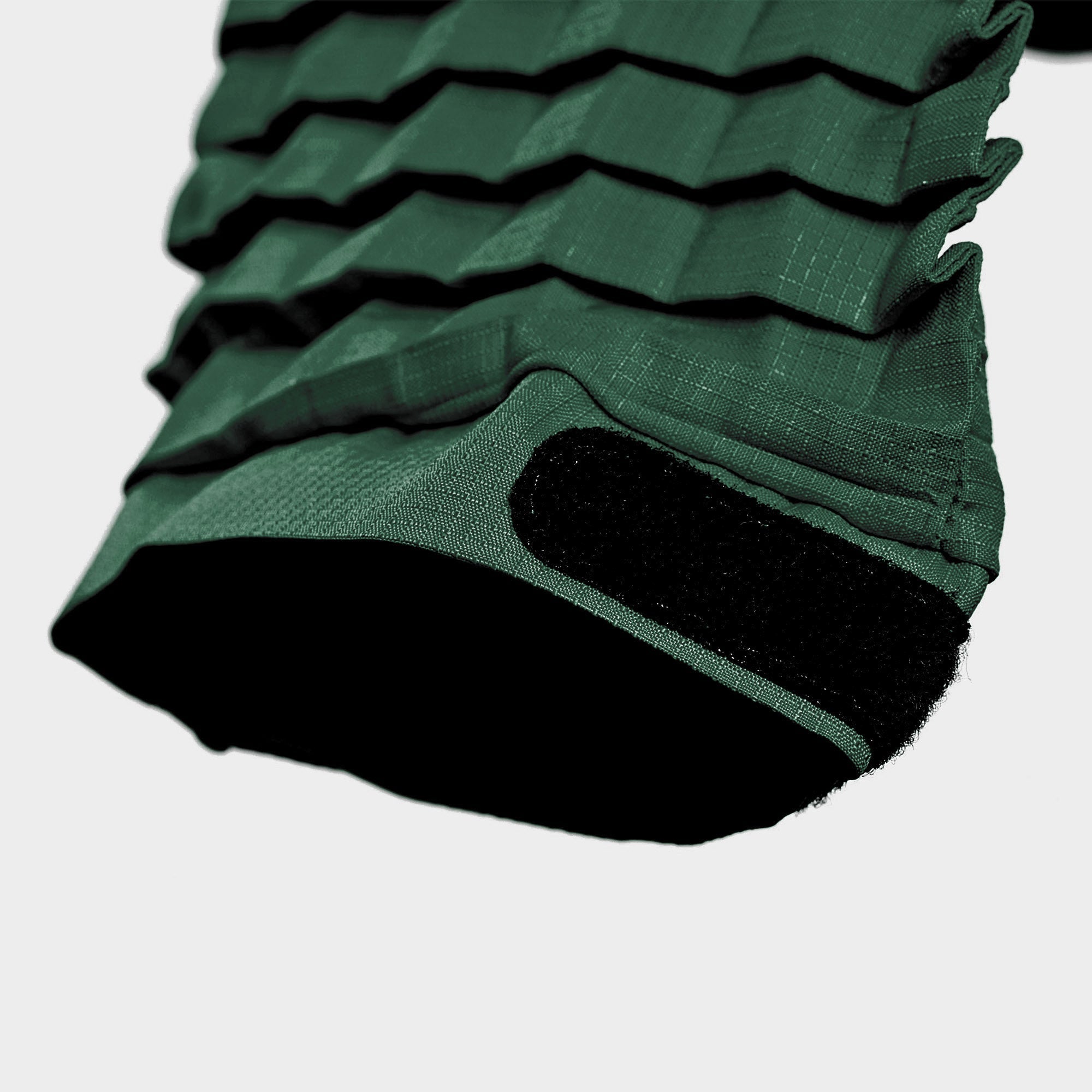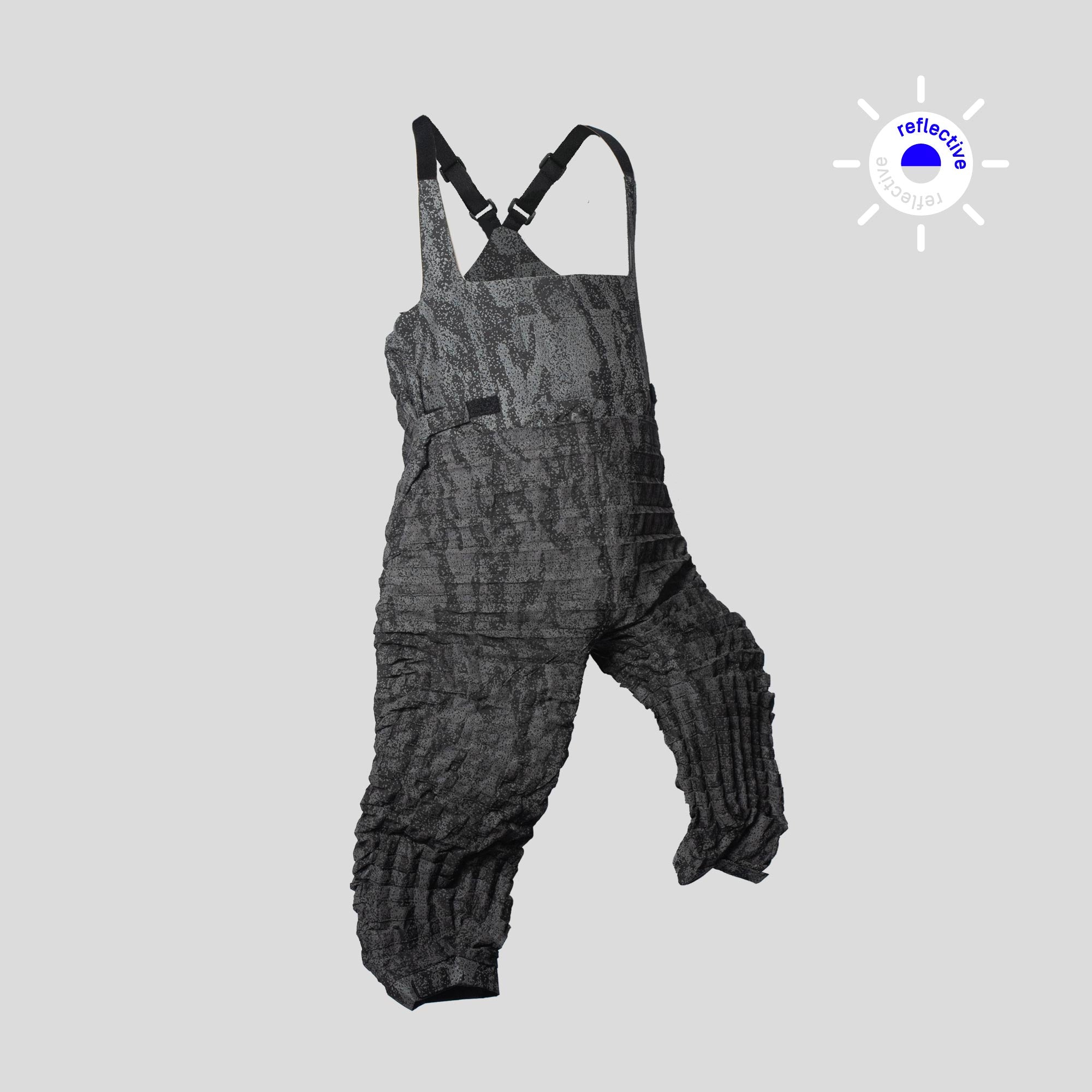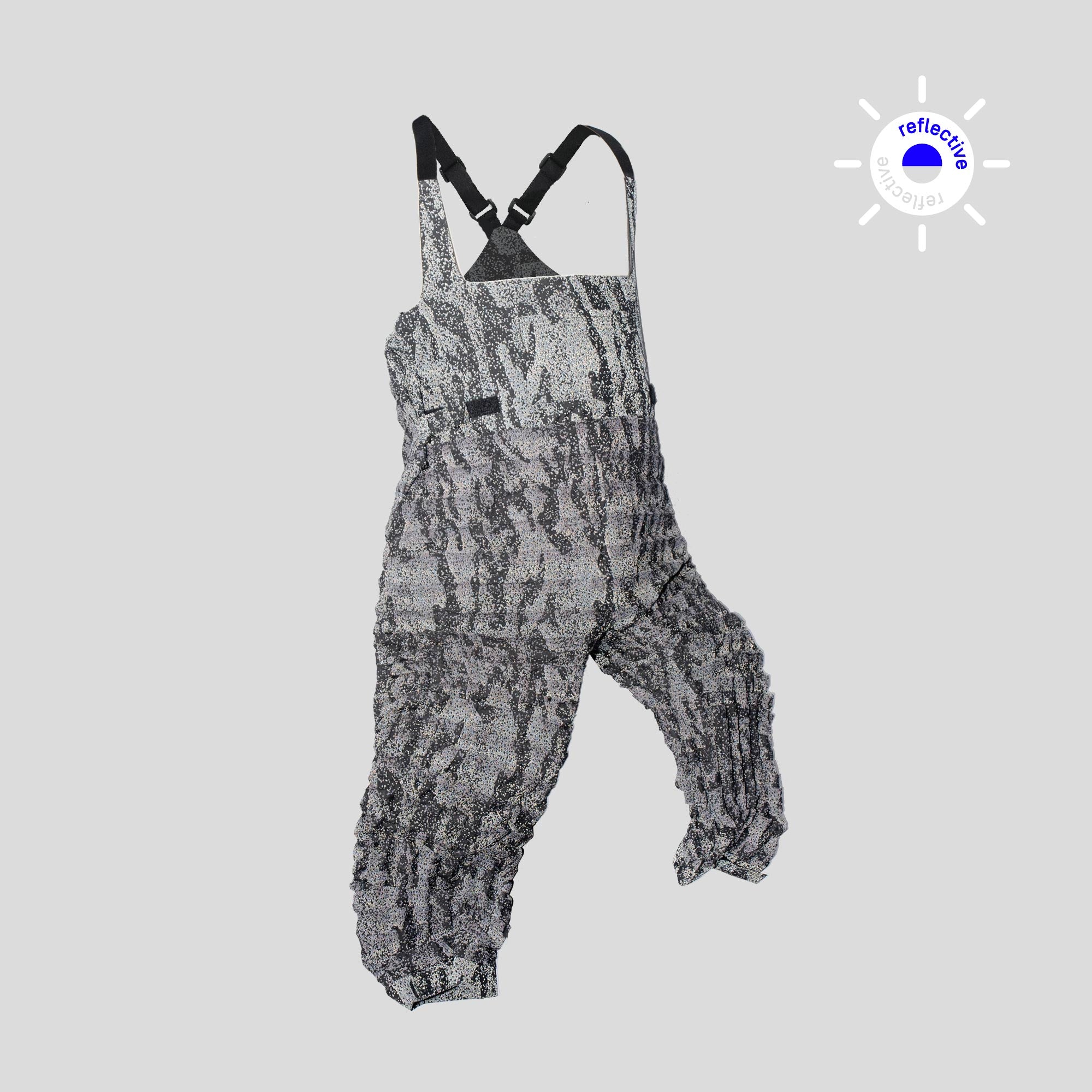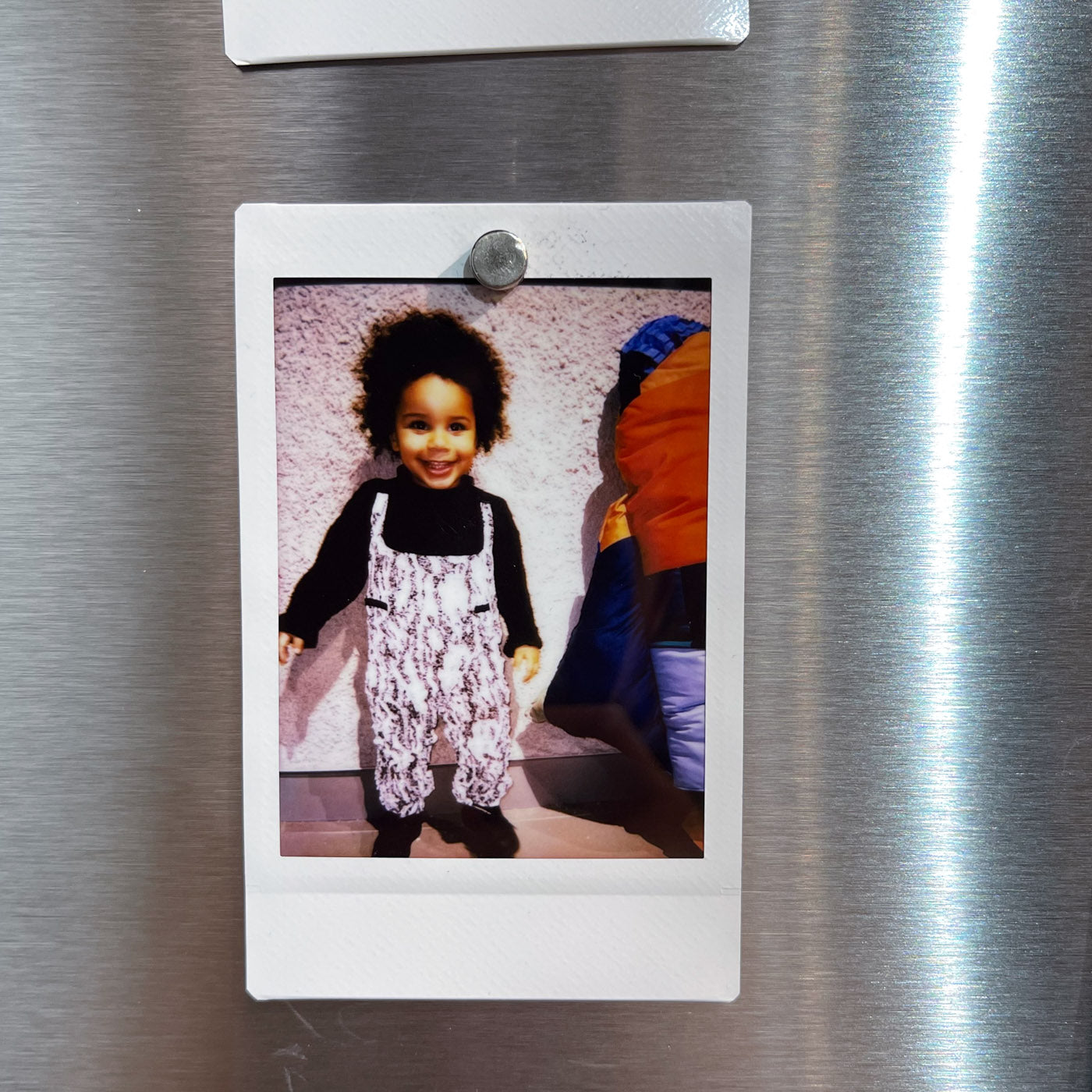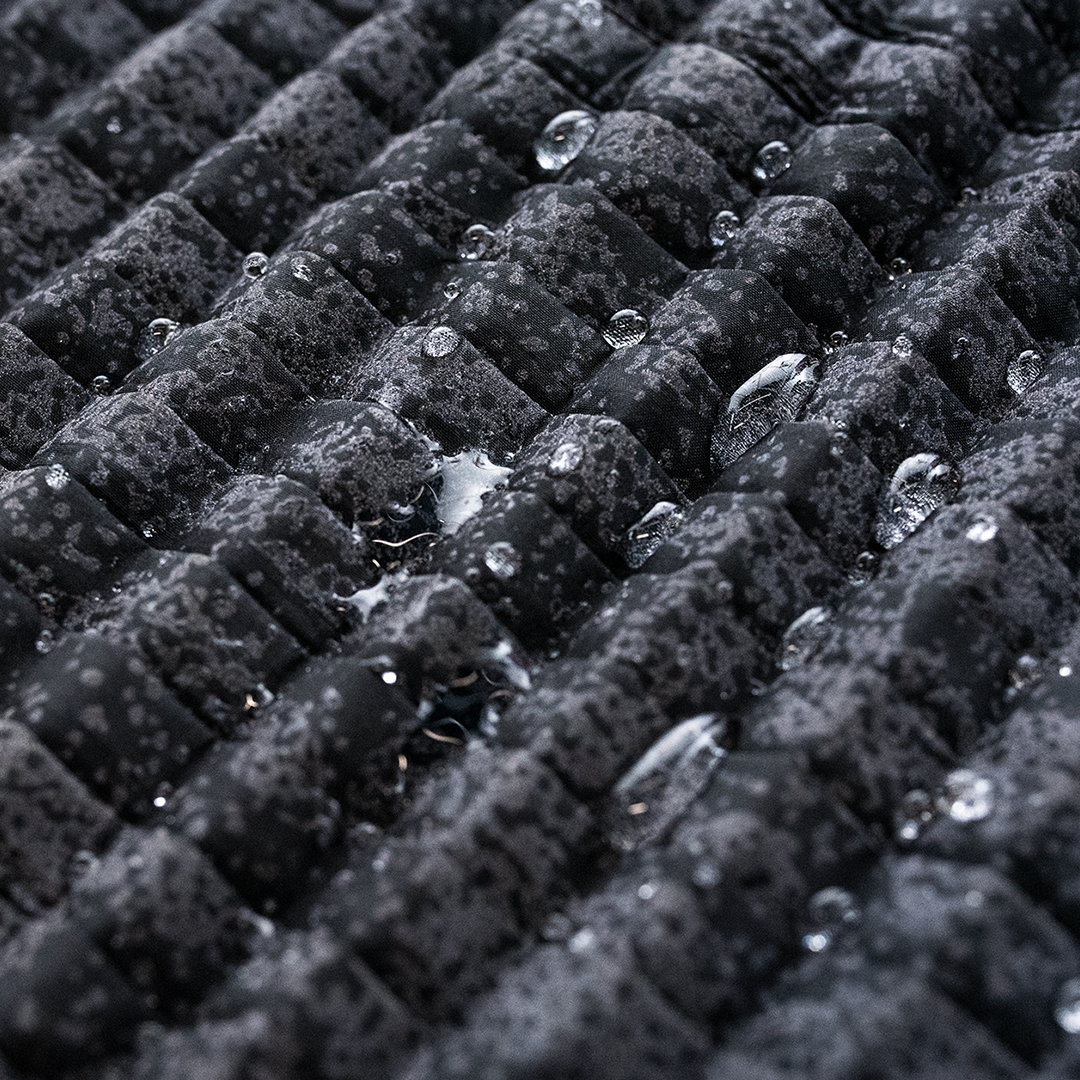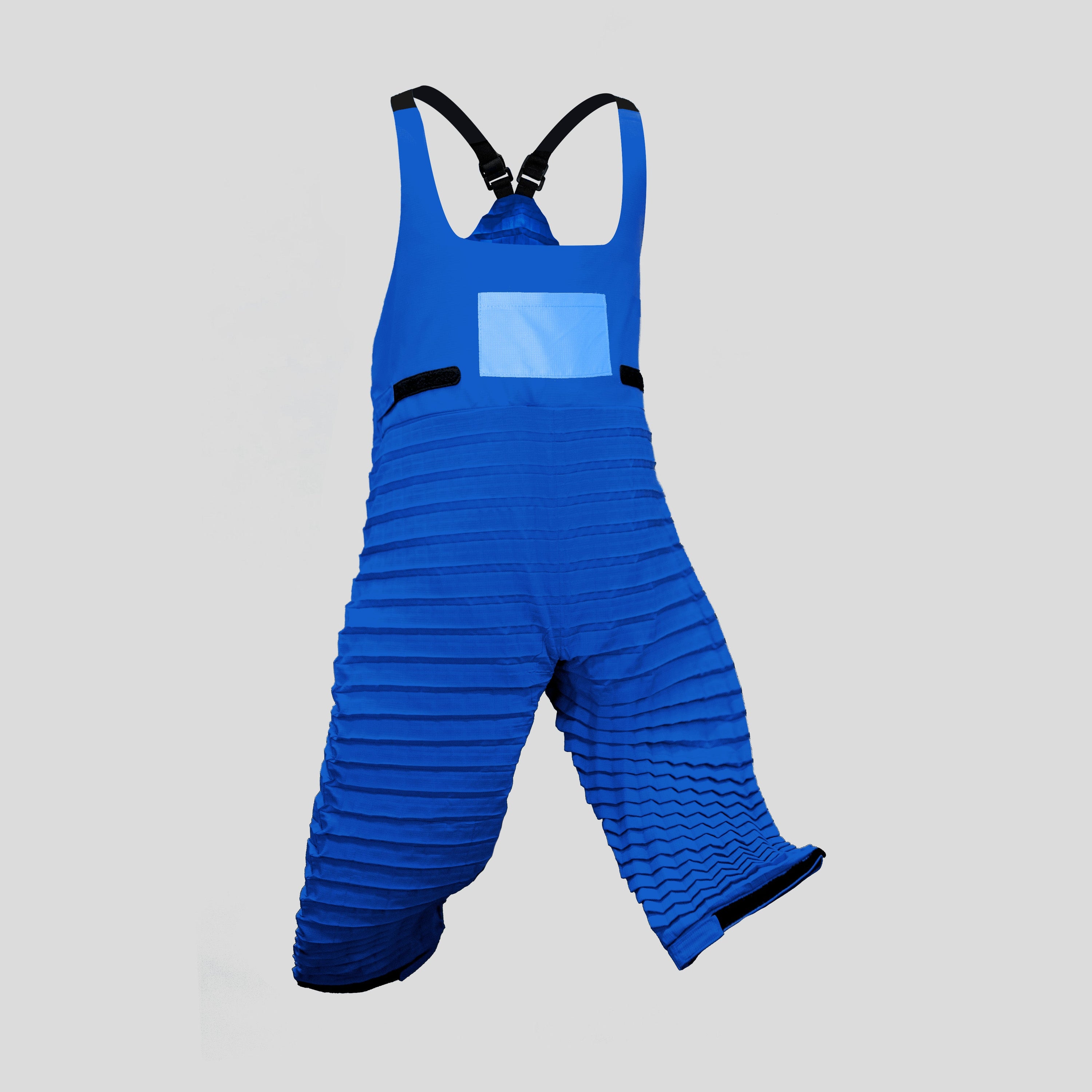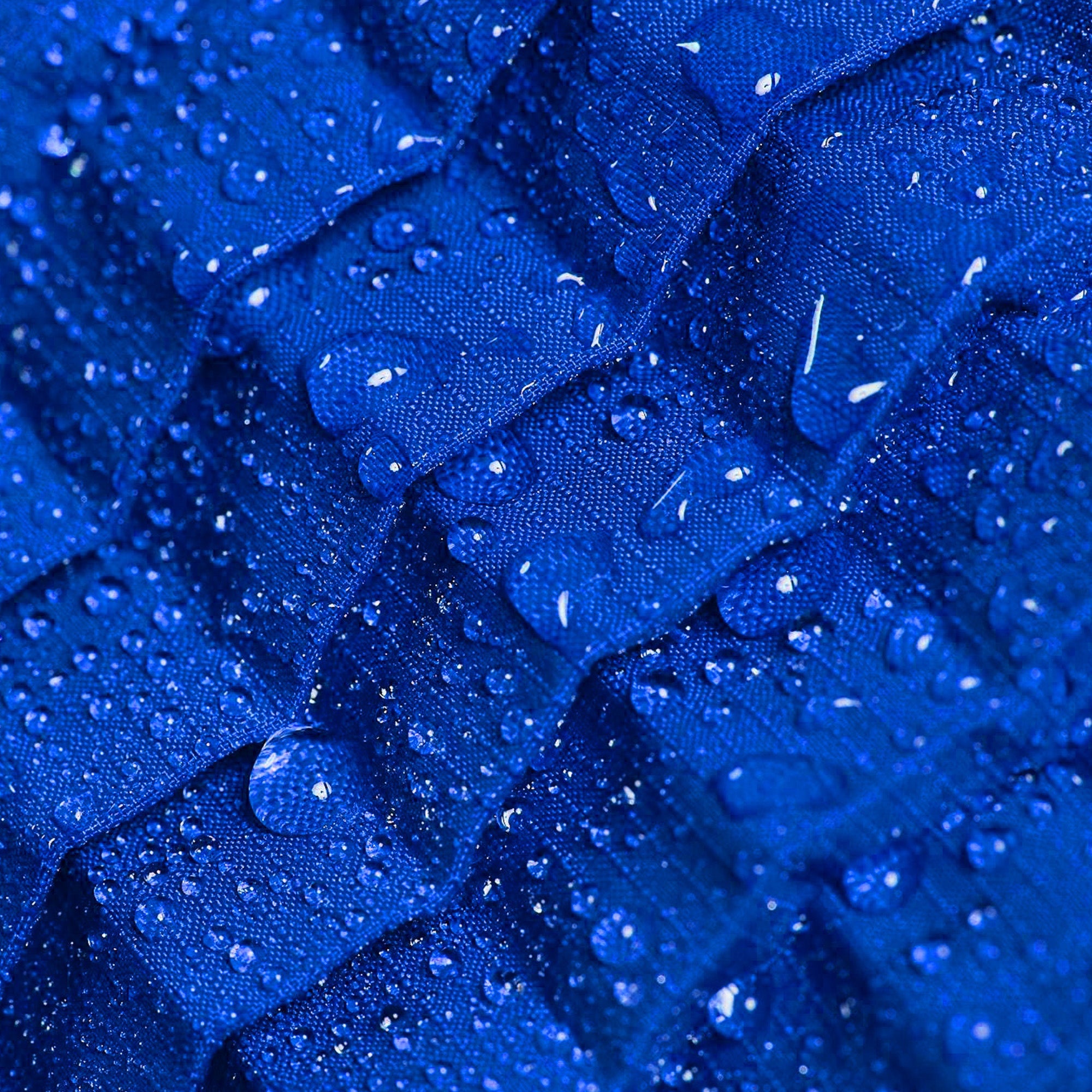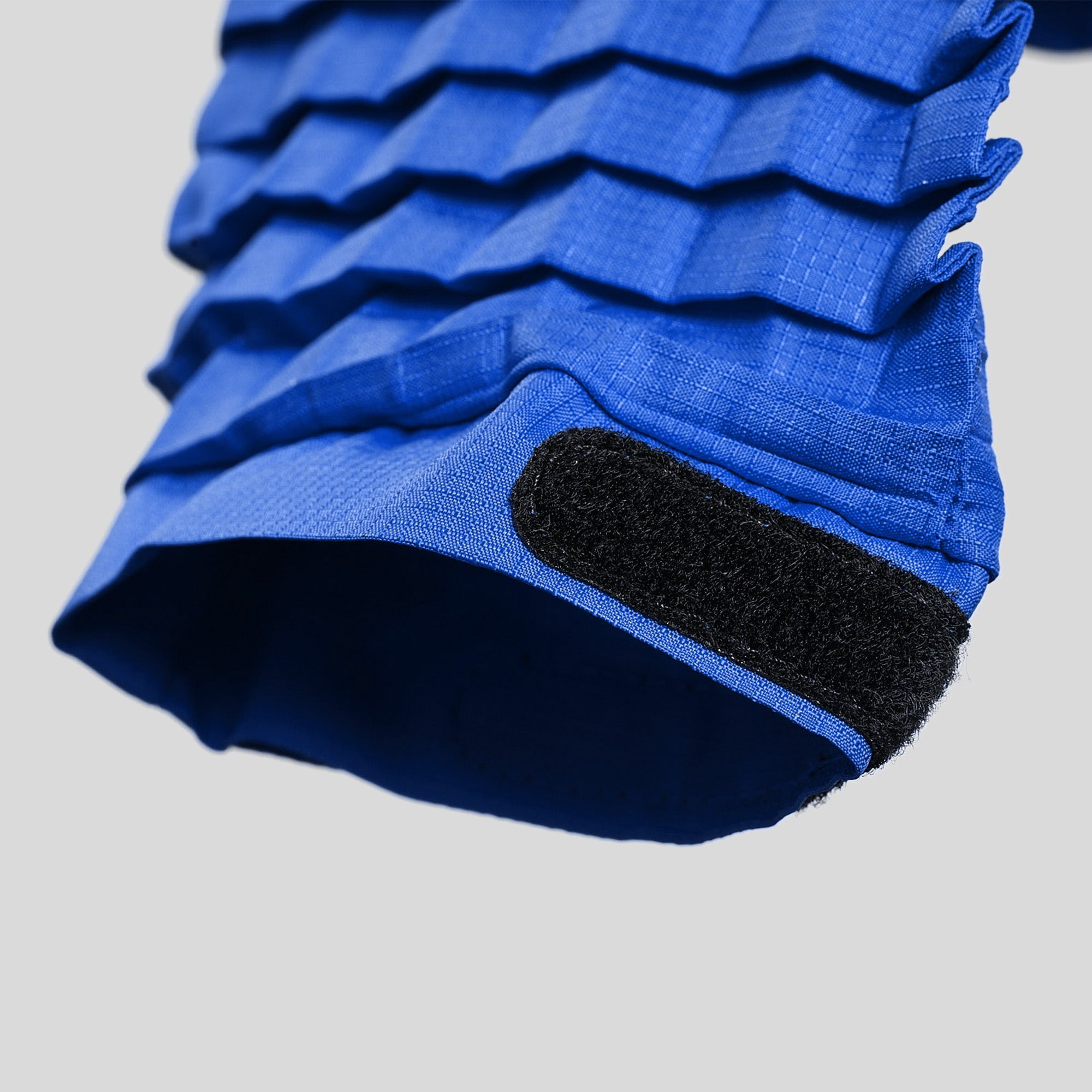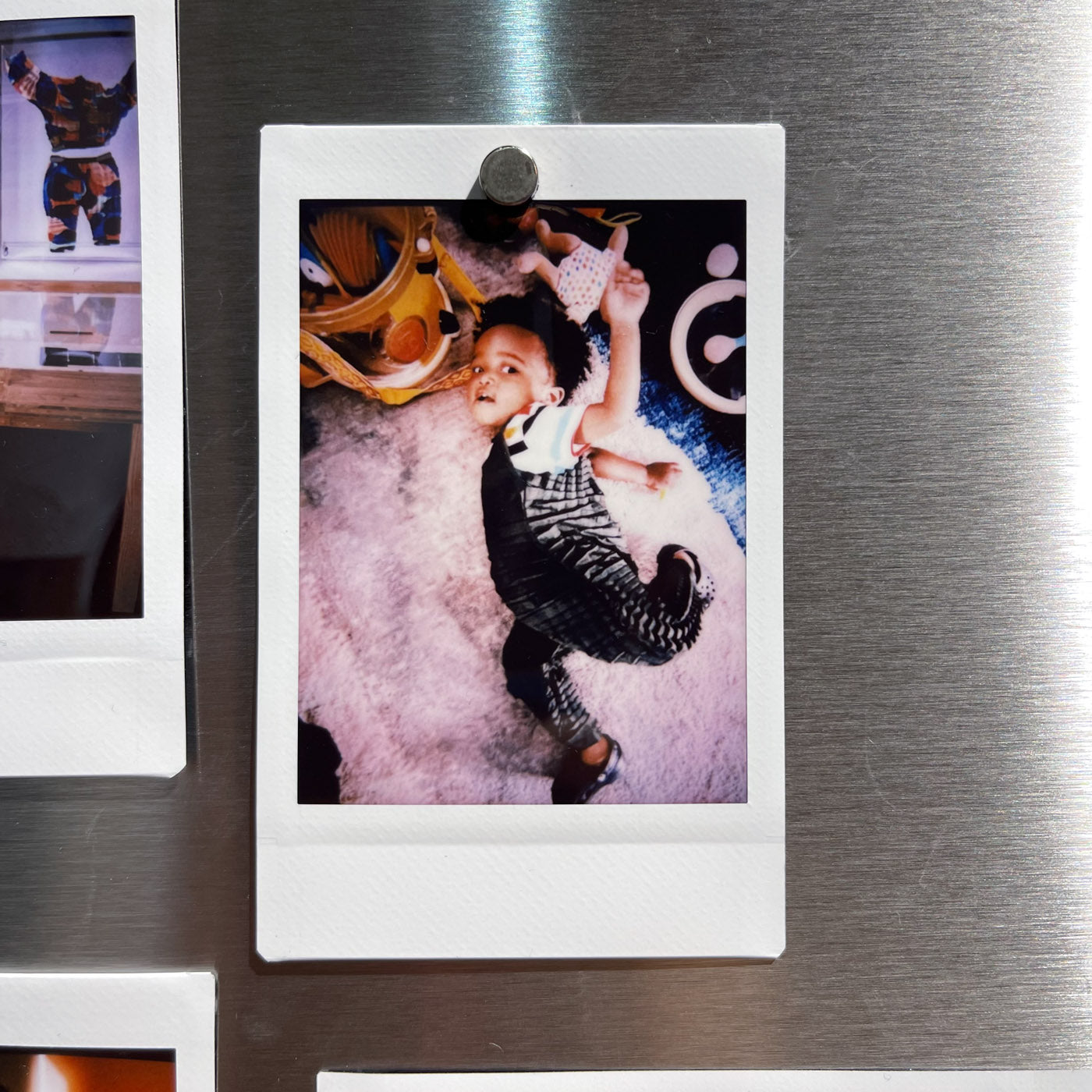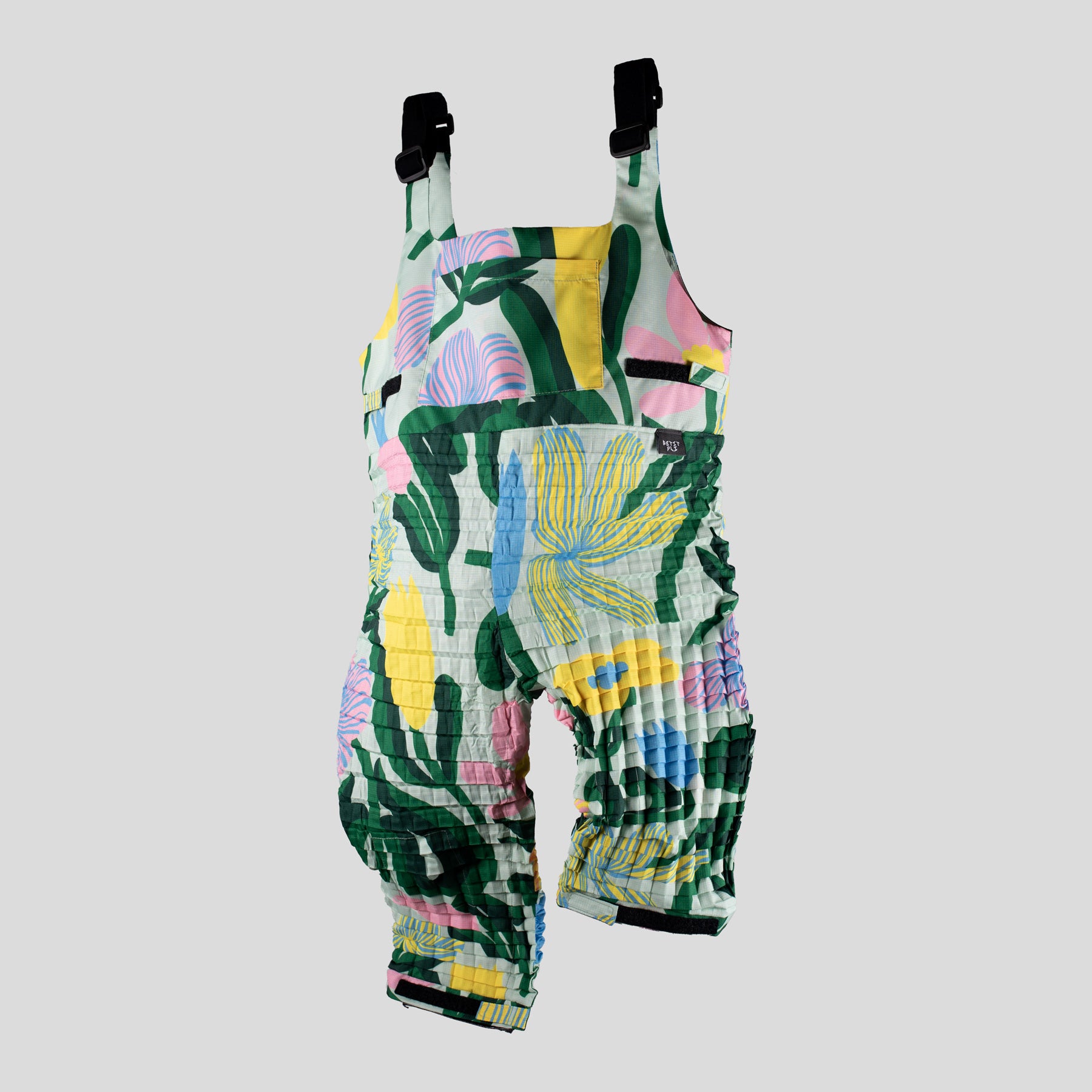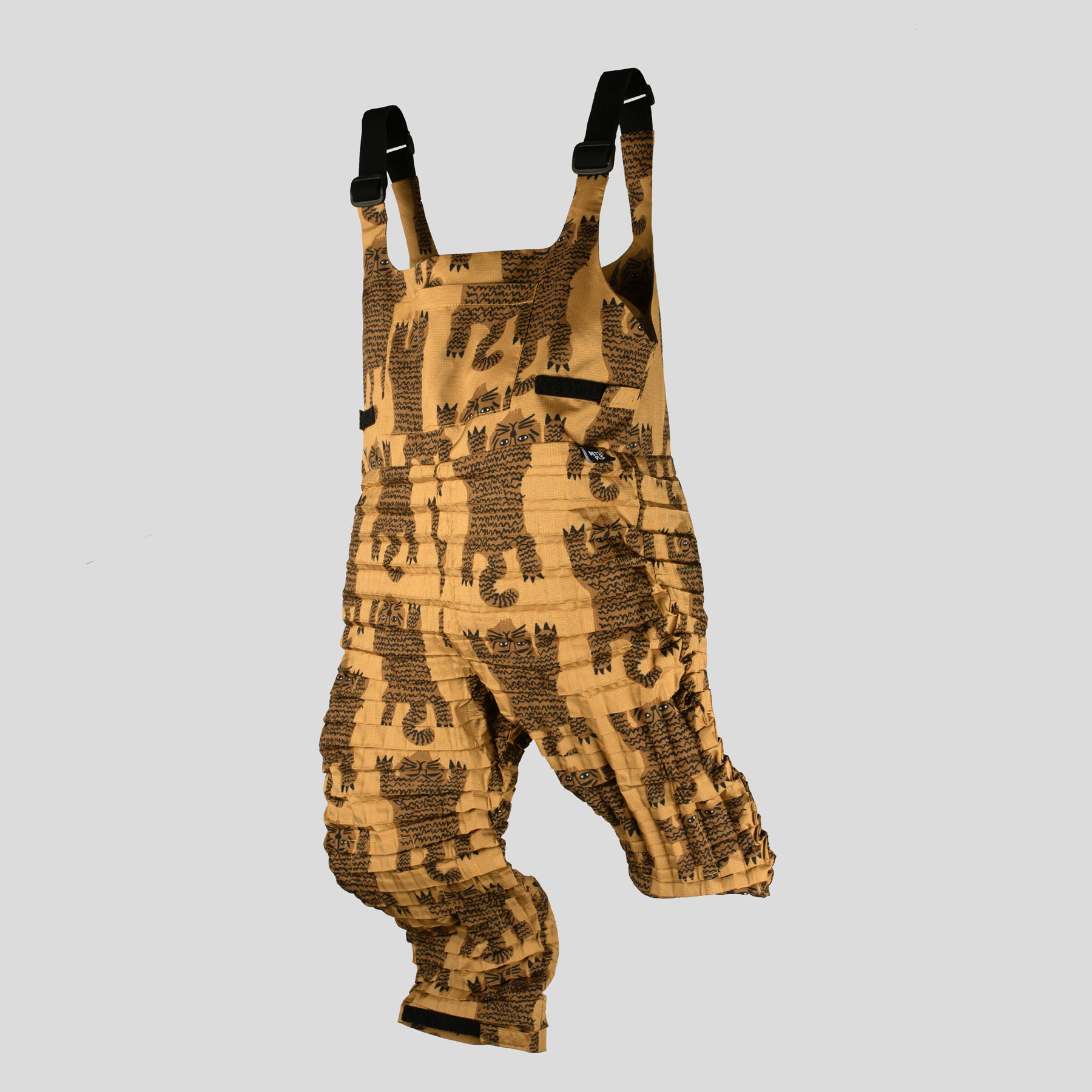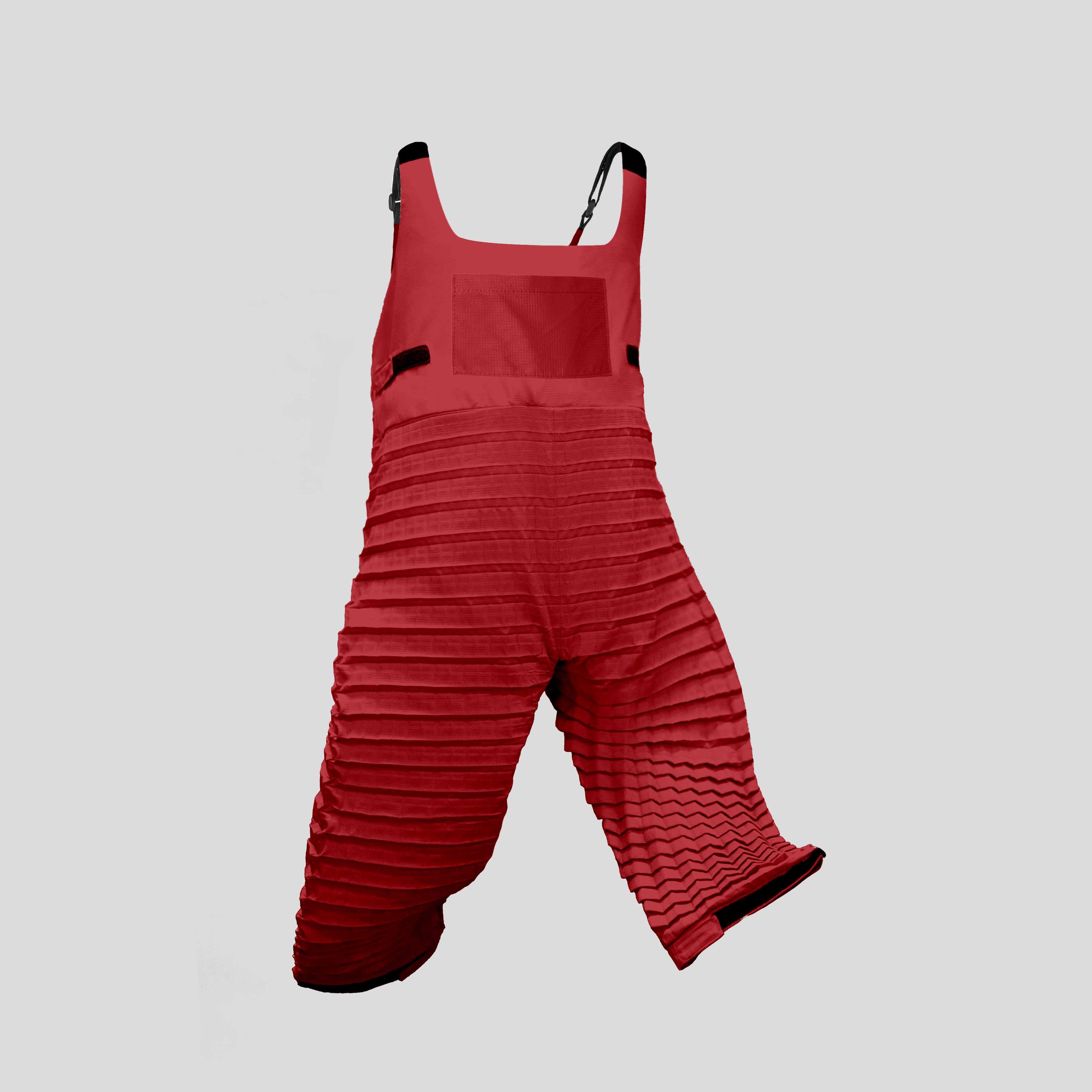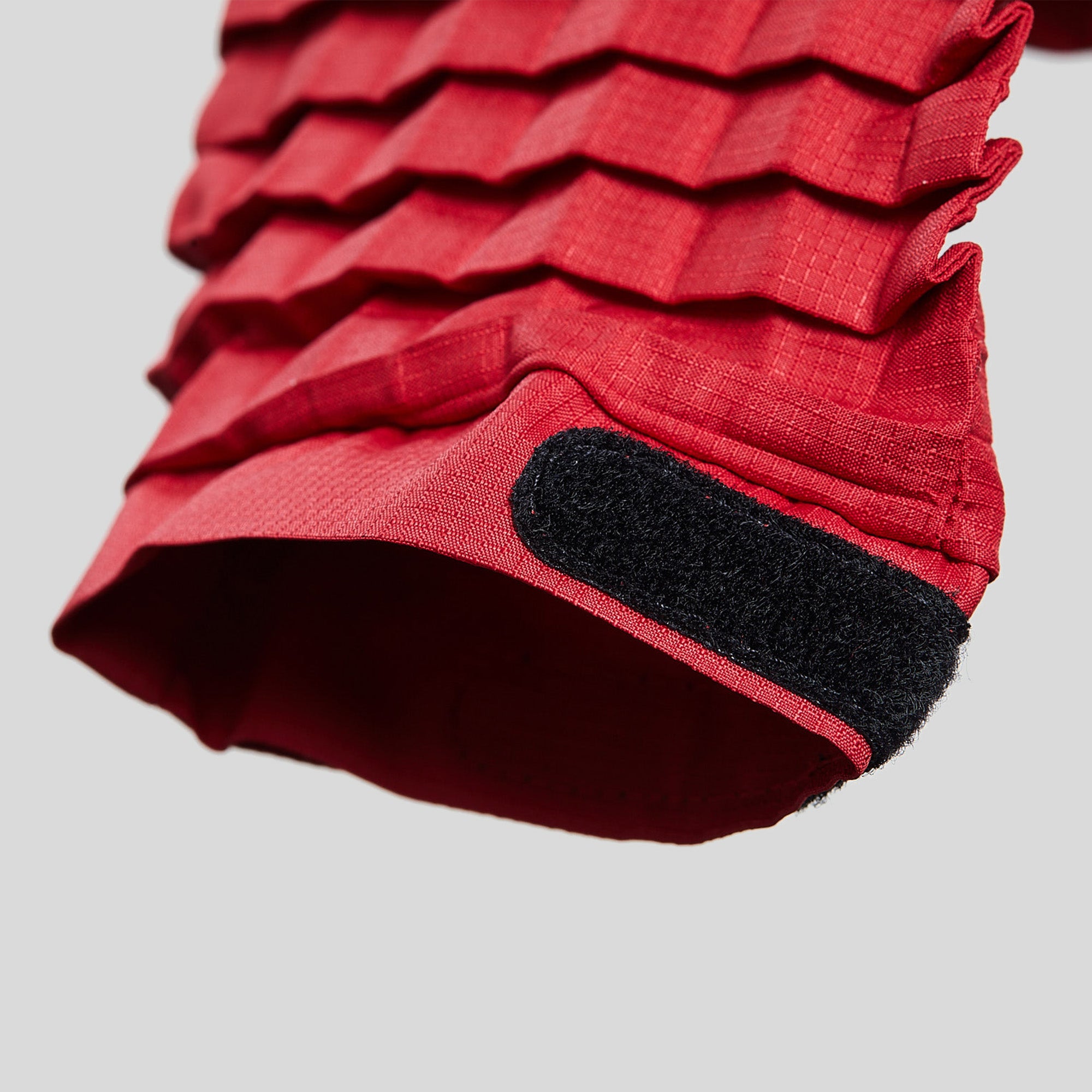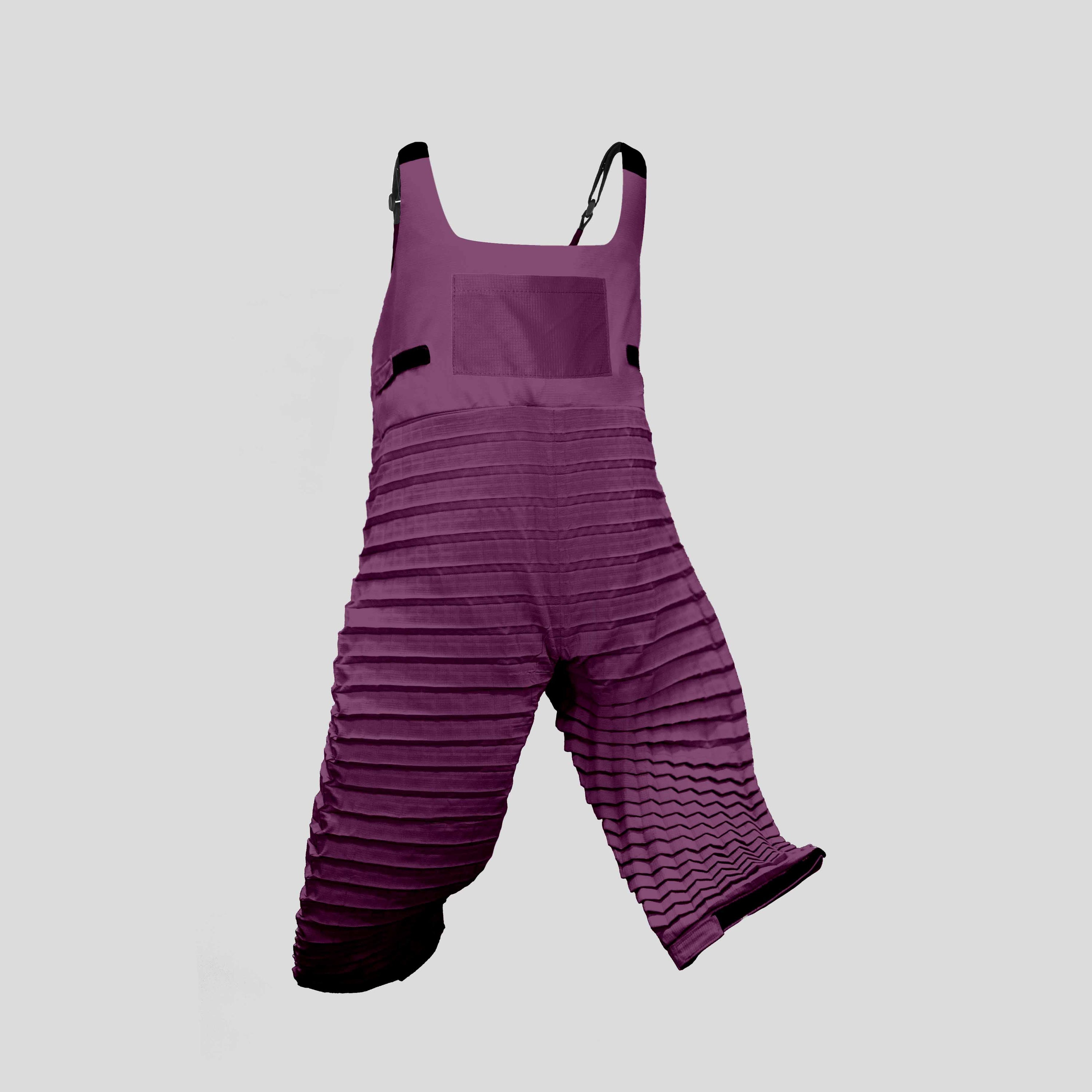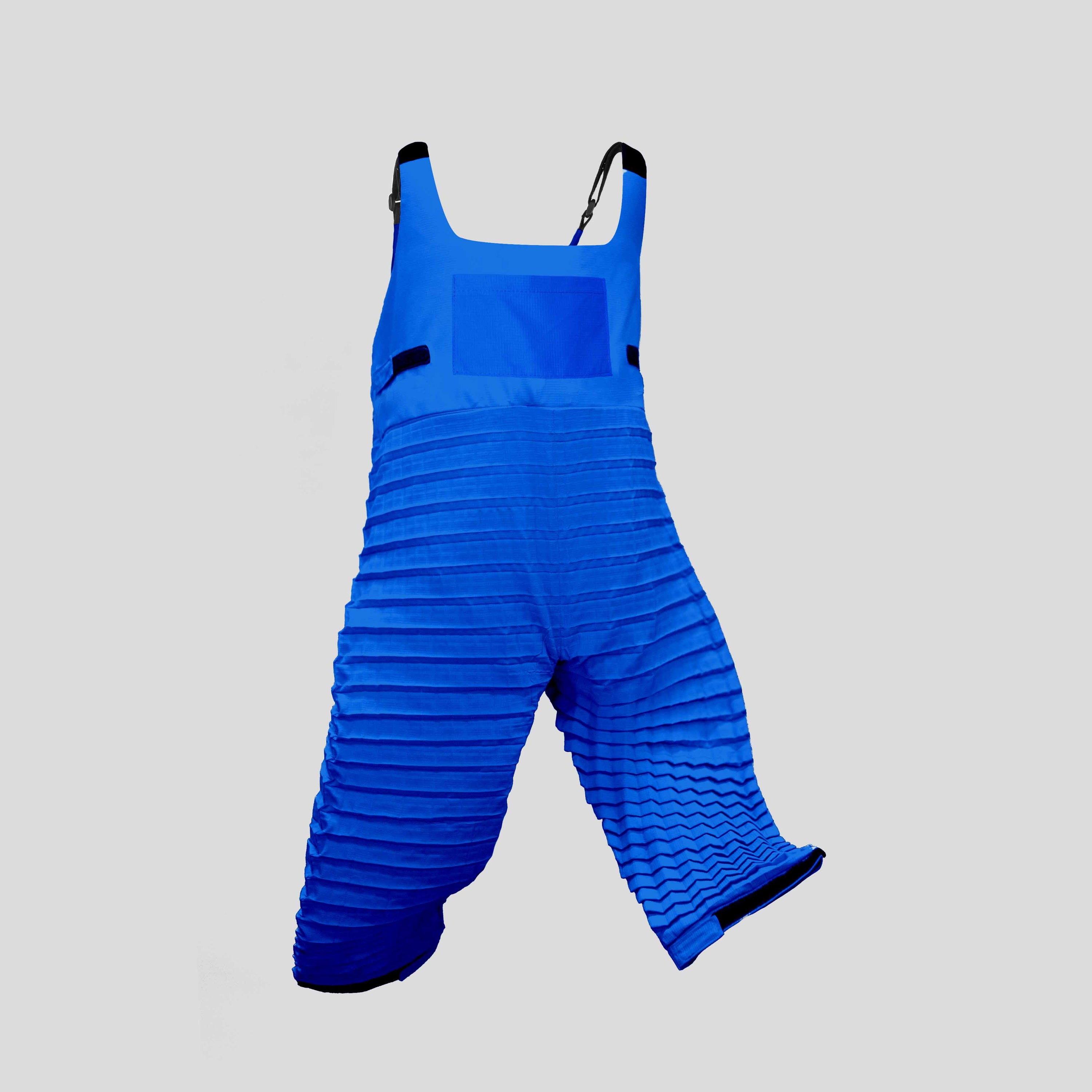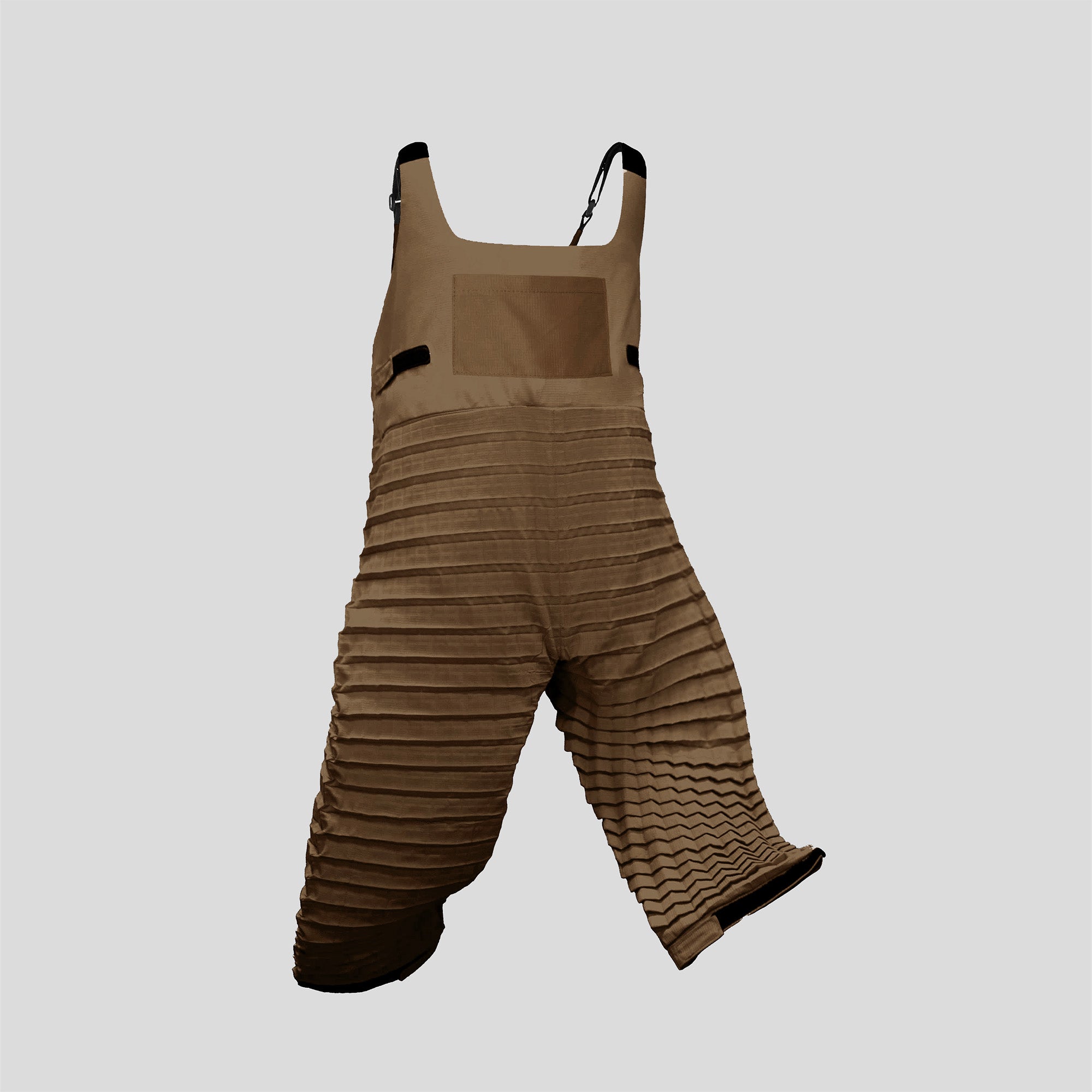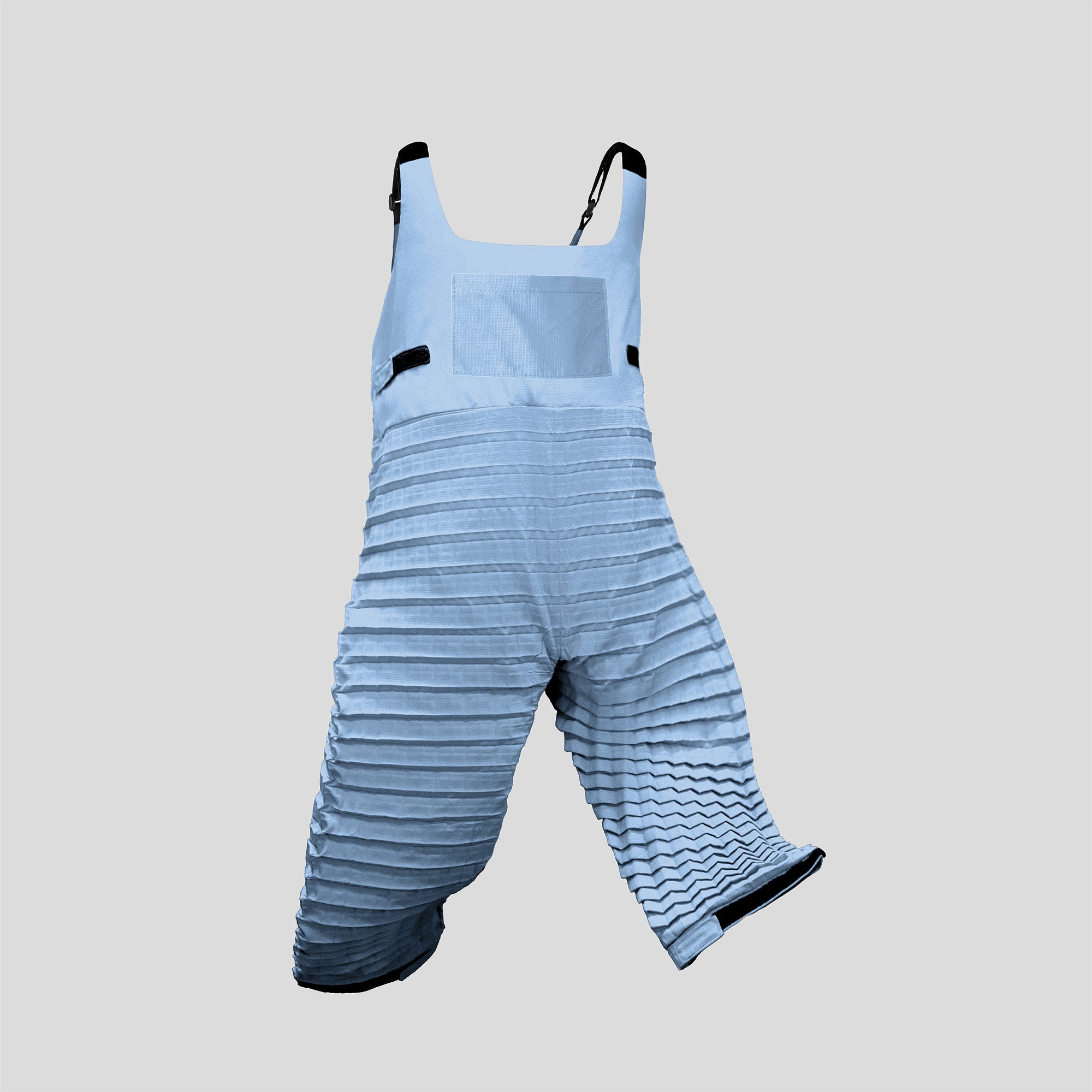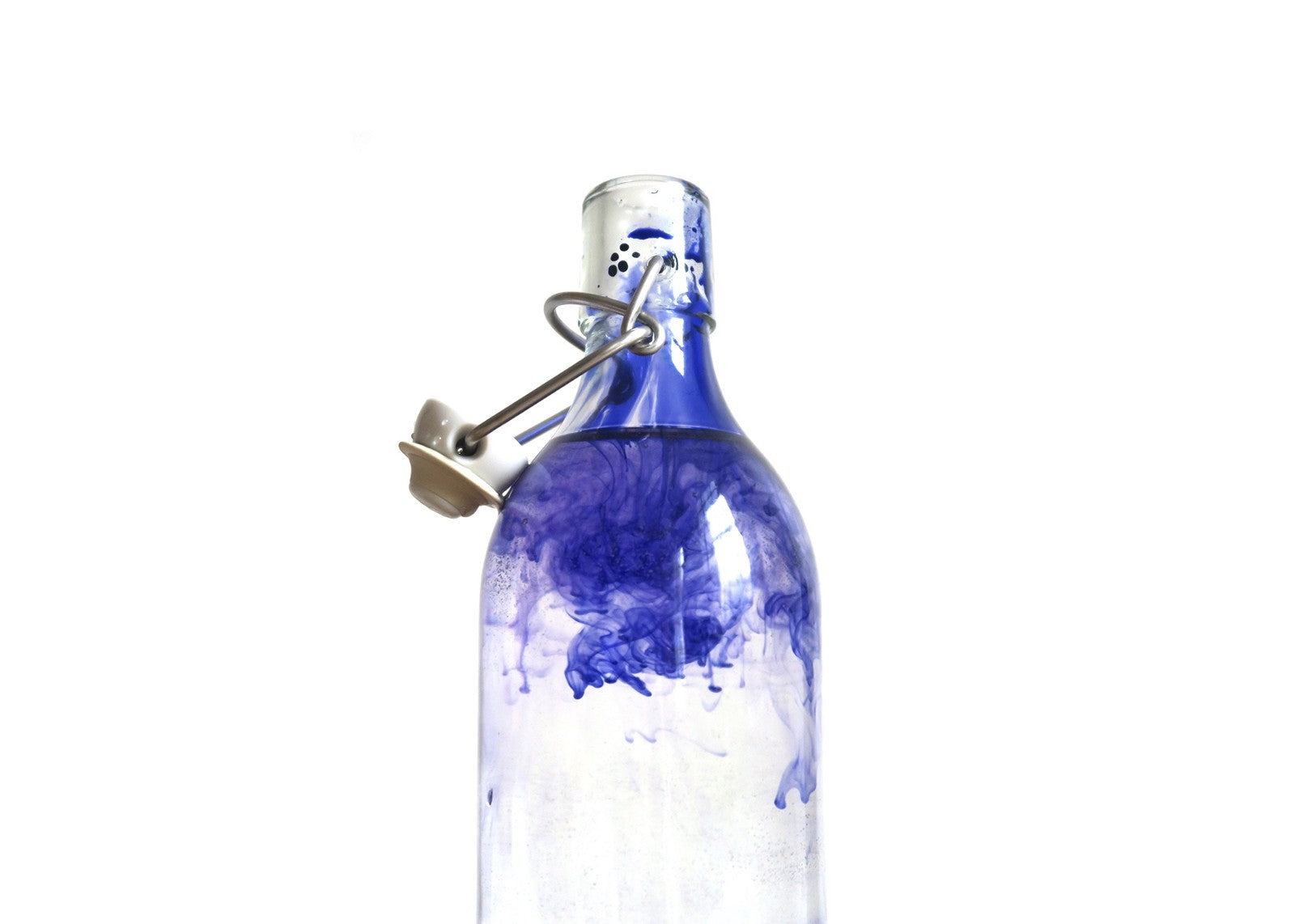
Earth’s Most Essential Resource.
Hello Fellow Humans,
What is the value of water?
We drink it, we bathe in it.
Yes, there is no life without water — and there’s no fashion either.
It’s so essential that it factors into every aspect of our daily existence, including the clothes we wear.
Despite this, we tend to put little thought into where our water is coming from or how much of it we’re consuming. And all the while we’re running dry the well of Earth’s most essential resource.
Fashion has an extraordinary impact on freshwater resources around the world.
Every stage of a typical garment’s life cycle requires excessive amounts of water and can be extremely polluting.
Today, the greatest consumption of water occurs at the earliest stage during the growing or synthesis of textile fibres. In contemporary cotton agriculture, anywhere from 10 to 20 million litres is used to yield just 1 kilo of cotton, equivalent to your favourite pair of jeans.
This thirsty crop is often farmed in regions with high water stress or water scarcity, even resulting — in tandem with the effects of a warming climate — in the desertification of the Aral Sea region in Kazakhstan and Uzbekistan.
Unfortunately, the latter stages of a garment’s life cycle are similarly wasteful, as both its factory finishings through chemical dyes and processes and regular presence in our washing machines take a heavy toll on freshwater resources.
But perhaps the greater threat posed by our modern clothing production methods on freshwater resources is contamination.
Agriculture contributes through the use of harmful pesticides and fertilisers that seep into run-off, which then finds its way to the nearest body of water. There, it is joined by the waste of nearby factories responsible for the synthesis of fibres and the dyeing of textiles.
Thus, the water supply that local residents use for drinking, cooking, and bathing is poisoned with agricultural chemicals and textile dyes so toxic that they are prohibited in certain countries for their disruptive hormonal and carcinogenic properties.
When access to clean water is as simple as the turn of a faucet, it can be easy to take for granted that which is a precious resource for too many others.
The fact is, almost half the world’s population will suffer from high water stress under continued current conditions of water pollution and overconsumption.
So what can we do?
Most importantly, we can buy sustainably by looking at labels and doing research to find out what materials clothes are made of and where they come from.
But even as conscious consumers, washing clothes is presently unavoidable; and that’s why clothes with the capacity to stay fresh longer are pertinent to future fashion innovation!
In the meantime, though, be mindful of every wash and only run the machine when there’s a full load. There’s also no shame in taking a sniff, checking for stains, and seeing if you can get one more wear out of that top or those jeans!
There is no fashion without H2O — so remember to ask yourself, “What’s the deal with water and what I wear?”
Over & Out,
The Petit Pli Team


